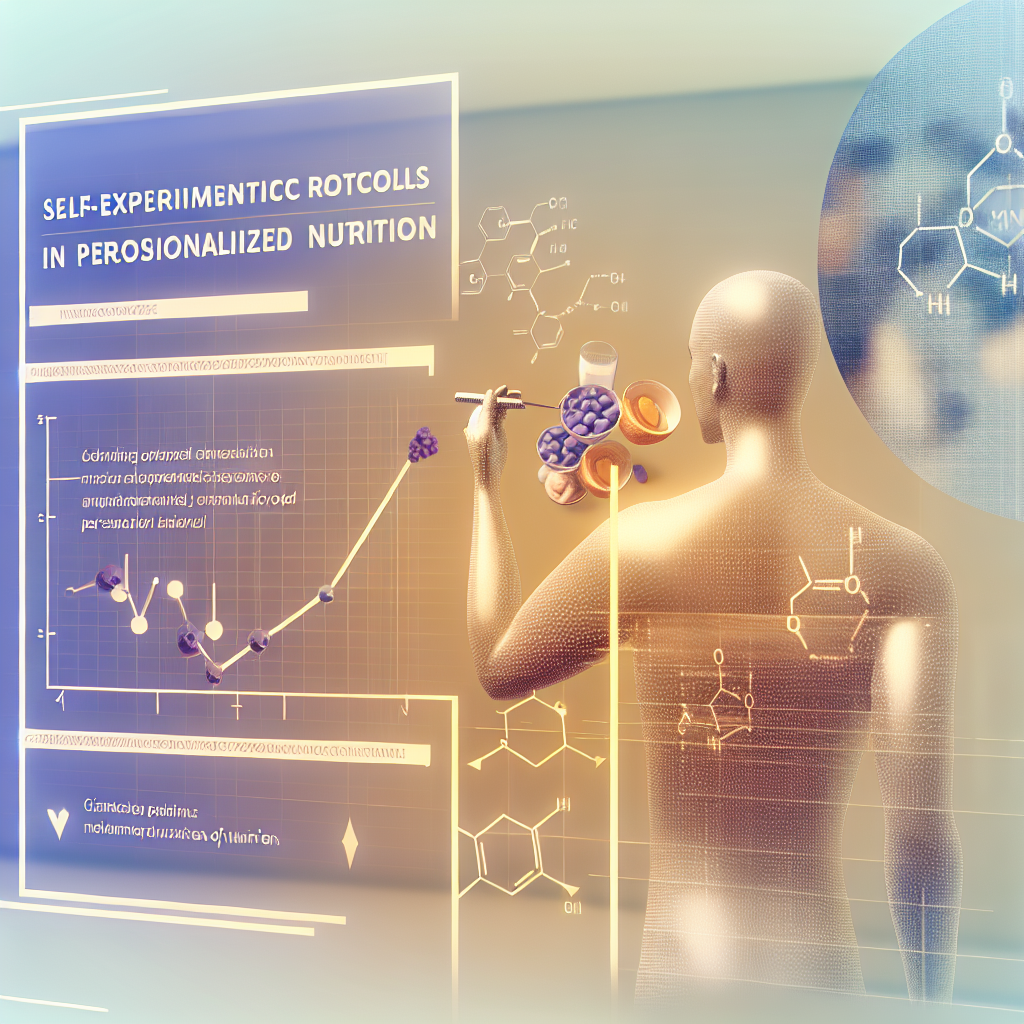Plant-Based Transition – Complete Protein Guide
Unlocking Nature’s Power for Optimal Health & Vitality
Introduction
As more individuals across the globe adopt holistic wellness and natural living, the spotlight shines on plant-based diets as a foundation for vibrant, long-term health. Whether you’re motivated by ethics, sustainability, or health awareness, shifting to a plant-based lifestyle means rethinking your sources of essential nutrients—particularly protein. For those embracing natural remedies, herbal medicine, or homeopathic treatments, understanding plant-based sources of complete protein is central to aligning diet with your overall wellness goals.
Protein is vital for muscle repair, immune function, enzyme production, and hormonal balance. Yet, when moving away from animal-based proteins, many worry about meeting their protein needs—especially the nine essential amino acids our bodies cannot create. Unlike most animal products, not all plant foods are complete proteins, which contain all nine amino acids in sufficient amounts. However, by incorporating the right foods or combinations, achieving complete protein intake from plants is entirely feasible—and deeply nutritious.
The planet offers an incredible spectrum of complete plant proteins and synergistic food pairings. From quinoa and soy to strategic mixes like rice and beans, nature provides delicious, effective options. These plant foods not only nourish but also complement strategies for natural healing, offering anti-inflammatory, antioxidant-rich benefits perfect for those using natural health approaches.
Transitioning to plant-based does not equate to nutritional compromise. On the contrary, it can amplify your wellness efforts by embracing whole foods that support your vitality, immunity, and inner balance. For those practicing herbal medicine or cleansing protocols, a plant-based structure enhances absorption and efficacy of therapies while reducing internal stress.
This guide offers science-backed strategies to confidently shift towards a plant-forward lifestyle without sacrificing protein intake or overall health. From protein-dense legumes to ancient grains, discover how holistic eating can nourish your journey—naturally and profoundly.
The Science Behind Plant-Based Proteins
The quality of a protein source is measured by its amino acid profile and its digestibility, commonly evaluated using the Protein Digestibility-Corrected Amino Acid Score (PDCAAS). While animal proteins often top these charts, numerous studies validate that well-planned plant-based diets can match or surpass these values.
A review published in Nutrients (2019) emphasizes that a diverse intake of legumes, seeds, whole grains, and nuts can provide all the essential amino acids necessary for peak health. Importantly, combining incomplete proteins within individual meals isn’t required. Instead, eating varied plant foods during the same day is enough to fulfill protein needs. View Study.
Additionally, the emergence of plant-based protein powders such as pea protein and brown rice protein has revolutionized natural supplementation. A clinical trial published in the Journal of the International Society of Sports Nutrition (2015) found that pea protein was just as effective as whey protein in boosting muscle thickness during resistance training. This means those moving away from synthetic or animal-based supplements can still support muscular health naturally. View Study.
Quinoa, a pseudo-grain growing in popularity, is praised for its complete amino acid profile and exceptional digestibility. A study in the Journal of Cereal Science confirms quinoa provides all nine essential amino acids in optimal ratios and helps enhance metabolic function and muscle repair. View Study.
Among the most powerful plant proteins is soy. Rooted in both traditional Chinese and Ayurvedic medicine, soybeans serve as a complete protein source through foods such as tofu, tempeh, and edamame. Beyond its superior amino acid profile, soy supports hormone regulation and may improve immune function—especially significant for individuals seeking natural balance in endocrine and reproductive systems.
For those working with homeopathy or herbal therapies, using plant-based sources of protein amplifies overall treatment efficiency. Whole-food meals rich in fiber, phytonutrients, and essential fats improve the body’s internal environment, enhance nutrient absorption, and reduce systemic inflammation—helping herbal and natural medicines work more effectively.
Plant-Based Complete Protein Sources
Here’s a brief overview of some top plant-based complete proteins and complementary pairings:
- Quinoa: A gluten-free grain packed with protein and all essential amino acids.
- Soy (tofu, tempeh, edamame): A versatile legume offering complete protein and beneficial isoflavones.
- Chia seeds: Rich in omega-3s and all essential amino acids when consumed in larger portions.
- Buckwheat: A nutrient-dense seed with complete protein benefits and anti-inflammatory effects.
- Amaranth: Another ancient grain that offers high bioavailability and a full amino acid spectrum.
- Rice + Beans: A classic combination offering all nine essential amino acids when eaten together.
- Hummus and Whole Grains: Chickpeas and whole wheat breads/crackers work synergistically for protein completeness.
Conclusion
Transitioning to a plant-based diet doesn’t require sacrificing protein quality or your health goals. When guided by scientific research and traditional wisdom, this shift supports your goals of inner healing, preventative care, and ecological sustainability. By utilizing complete plant proteins and strategic pairings, you can meet and exceed your body’s nutritional demands.
Comprehensive protein strategies—including rotating diverse plant sources and occasionally incorporating plant-based protein isolates—enable robust cellular repair, immune rebuilding, and hormonal balancing. For those embracing natural and alternative medicine, such dietary foundations enhance therapy results and fortify long-term wellness.
Ultimately, your journey hinges on education, dietary variety, and mindfulness. By embracing nature’s abundance—from ancient grains to organically sourced legumes—you can thrive on plant power. Harness the earth’s healing intelligence and find true nourishment in every bite.
References
- Mariotti, F., & Gardner, C. D. (2019). Dietary protein and amino acids in vegetarian diets—a review. Nutrients, 11(11), 2661. View Study
- Banaszek, A., et al. (2019). Effects of whey and pea protein supplementation on performance, body composition, and health: A review. Journal of the International Society of Sports Nutrition, 16, 27. View Study
- Nowak, V., Du, J., & Charrondière, U. R. (2016). Assessment of the nutritional composition of quinoa (Chenopodium quinoa Willd.). Food Chemistry, 193, 47–54. View Study
Concise Summary
A successful shift to a plant-based diet doesn’t require sacrificing protein quality. By incorporating complete plant proteins like quinoa, soy, and chia seeds—or pairing foods like rice and beans—those seeking natural health alternatives can meet essential amino acid needs. Science supports well-planned plant-based diets for muscle repair, immune strength, and hormonal balance. Complementing herbal and homeopathic treatments, plant protein reduces inflammation and supports healing. With diverse, natural sources and modern protein innovations, plant-based living offers a potent, sustainable path toward wellness and vitality.

Dominic E. is a passionate filmmaker navigating the exciting intersection of art and science. By day, he delves into the complexities of the human body as a full-time medical writer, meticulously translating intricate medical concepts into accessible and engaging narratives. By night, he explores the boundless realm of cinematic storytelling, crafting narratives that evoke emotion and challenge perspectives.
Film Student and Full-time Medical Writer for ContentVendor.com




